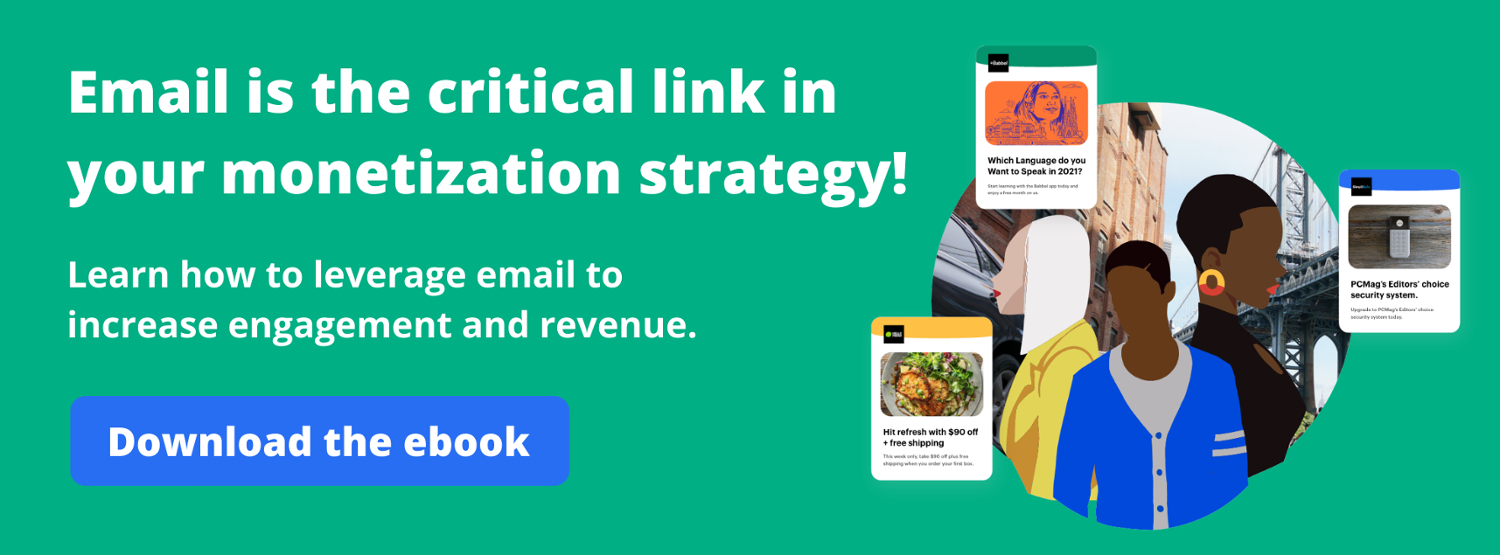Marketing is a difficult industry. There is no such thing as even footing or status quo. As soon as you’re up-to-date on one technique and you’ve built a successful digital advertising strategy, something shifts and you’re left scrambling to keep up with the Joneses and recalibrate your campaigns.
The pressure is intense — pressure to maintain, pressure to improve, pressure to try out the new best thing and pressure to be everything to everyone all at once.
Publishers who feel driven to augment their content distribution strategy to include a slew of web, partner, affiliate and social channels are actually making their monetization goals harder to achieve. Overdiversification is real, and it’s running rampant.
Instead of putting your eggs in so many baskets you can’t remember where you’ve stowed them, invest in the one principle that could save your bacon: Keep it simple, stupid.
The Origins of KISS
According to some sources, the KISS acronym dates all the way back to the 1960s, when aircraft engineer Kelly Johnson, lead engineer of the team that created spy planes including the SR-71 Blackbird and the Lockheed U-2, gave his design team a challenge. Johnson told the engineers the jets they built must be repairable by the average mechanic using a handful of tools available in the field during combat. The “stupid” part of the acronym referred to the dumbed-down tool kit and less-than-sophisticated working conditions — not the intelligence of the repairmen.
KISS is still used today by the U.S. military, but the principle has grown in popularity, creeping into industries as diverse as software development, animation, self-improvement and, yes, marketing.
Email Monetization: Crucial for a Successful Digital Advertising Strategy
It’s awfully tempting to chase after new monetization strategies as they pop into your newsfeed. The promise of deeper research, broader reach, and surging conversion rates would make even the most sure-footed entrepreneur question their current approach. While some of these cutting-edge apps and monetization plans may have some value to offer, chasing after every shiny object comes at a cost.
You have a limited amount of time, money and attention, and as you continue to expand your digital monetization strategy, something has to give. For many people, email falls by the wayside. Why? Because it’s outdated, underperforming and boring. But those assumptions are pure myth.
Here are the facts:
- In 2017, there were about 3.7 billion email users globally. By 2021, that number is expected to grow to 4.1 billion.
- Email has an uber-impressive ROI of $3,800. In other words, for every dollar you invest, you can expect to get back around $38.
- When asked to rate their most influential sources of information, B2B marketers put email in third place behind colleague recommendations and industry thought leaders.
Email is alive and well, and it’s gaining traction. It’s a form of communication trusted by multiple generations, it can be segmented remarkably well and, thanks to the ubiquitous nature of smartphones and tablets, emails reach users wherever they go — all of which makes it an important part of any digital advertising strategy.
Perhaps best of all, you already know how to use email — all you need to do is hone your skills with a few tips and tricks that will make your campaigns even stronger and your work cycle more efficient. While the competition is struggling with glitchy apps and unproven channels, you’re keeping it simple and succeeding.
More Information vs. the Right Information
The research aspect of monetization often carries a hefty price tag. Gathering information on your target demographic is essential if you want to understand your buyers’ pain points, shopping habits, hopes and dreams, but there are multiple ways to glean that data.
Convention targeting using cookies on devices and over the web can work, but the results are a mixed bag. Cookies track user behavior to paint a broad picture of their persona: Are they married or single? Where do they live? Male or female? How old? What are they searching for on the web? The major drawback is the possibility of mixed information because devices are generally shared by multiple users. Anyone who has gotten a pop-up ad for their husband’s favorite sports apparel brand or mom’s dream vacation getaway knows cookie-based targeting can be imprecise at best. Single-use devices generate better data, but you’re still working with 2D information in a 3D world.
Email is a completely different story. People almost never share an email address. Everyone has their own account, and tracking subscriber behavior is a gateway to nuanced, highly contextualized information about everything from past click behavior to content views. You can learn how often your audience opens your emails, what subject lines grab their attention, what kind of CTAs compel a click-through and so much more — and then use that data when developing your digital advertising strategy.
The ability to understand consumers on a detailed level without taking on board irrelevant or possible erroneous data is the epitome of keeping it simple, stupid. Printing out reams of statistics won’t make monetization more accessible, just more aggravating.
Making It Simpler for Your Audience, Too
As beneficial as email targeting and monetization is for your own business practices, it’s also a win for customers who are tired of being pelted with irrelevant mailers and a veritable avalanche of uninteresting promotional materials. Armed with the right data, you can focus your email campaigns like never before, delivering relevant content — be it via email, ads or social media — to the subscribers who want to see it most. Bonus: Improving user experience is a phenomenal way to turn around poor ROI.
Resist the urge to chase after trendy monetization techniques and vague user data and learn how to recenter your digital advertising strategy around email. To see how Jeeng can help, schedule your demo today.




